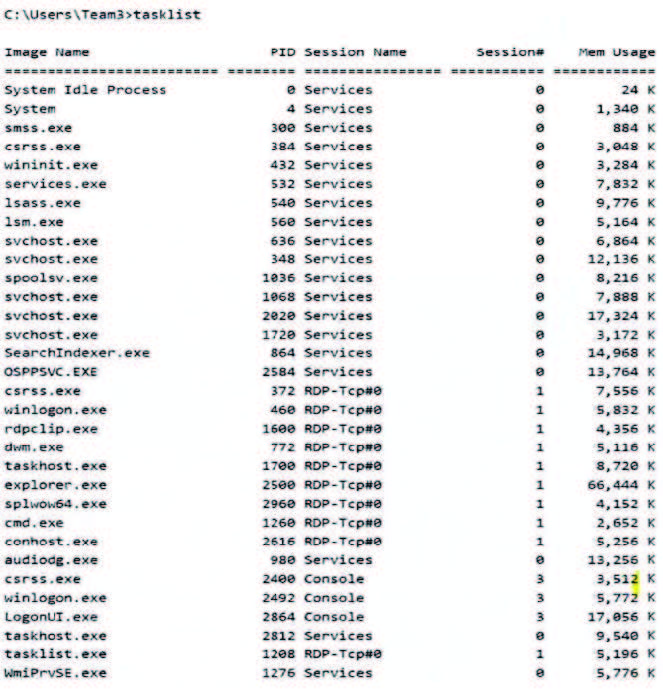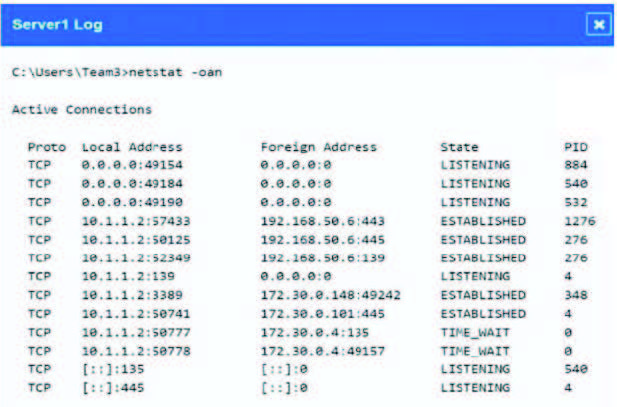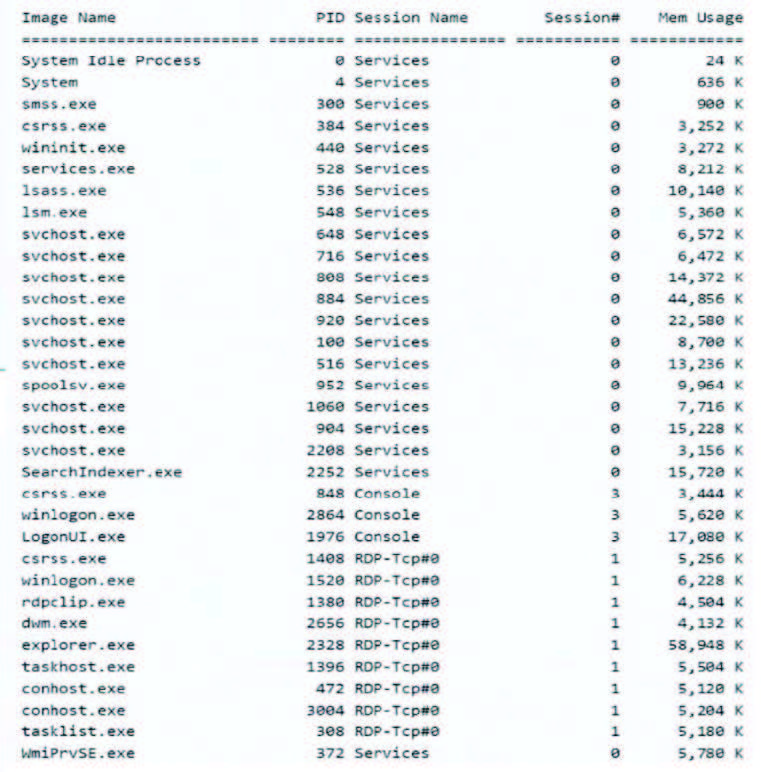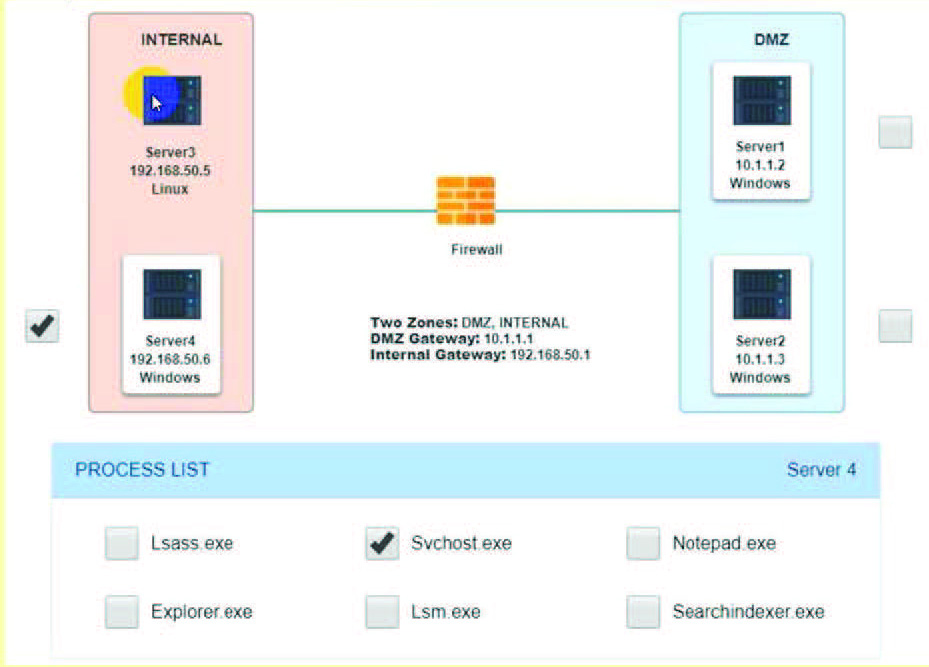A security analyst discovers suspicious host activity while performing monitoring activities. The analyst pulls a packet capture for the activity and sees the following:

Follow TCP stream:
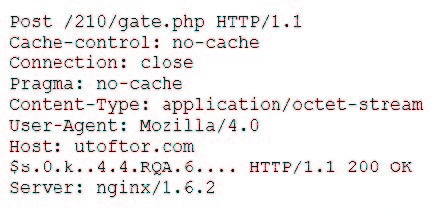
Which of the following describes what has occurred?
A. The host attempted to download an application from utoftor.com.
B. The host downloaded an application from utoftor.com.
C. The host attempted to make a secure connection to utoftor.com.
D. The host rejected the connection from utoftor.com.

Follow TCP stream:

Which of the following describes what has occurred?
A. The host attempted to download an application from utoftor.com.
B. The host downloaded an application from utoftor.com.
C. The host attempted to make a secure connection to utoftor.com.
D. The host rejected the connection from utoftor.com.


